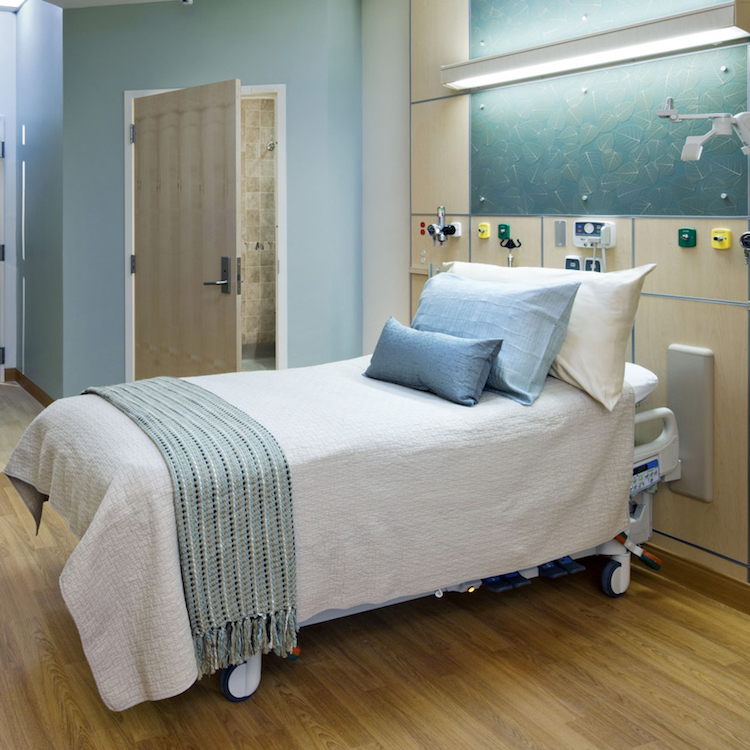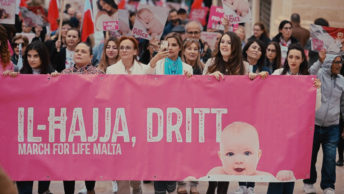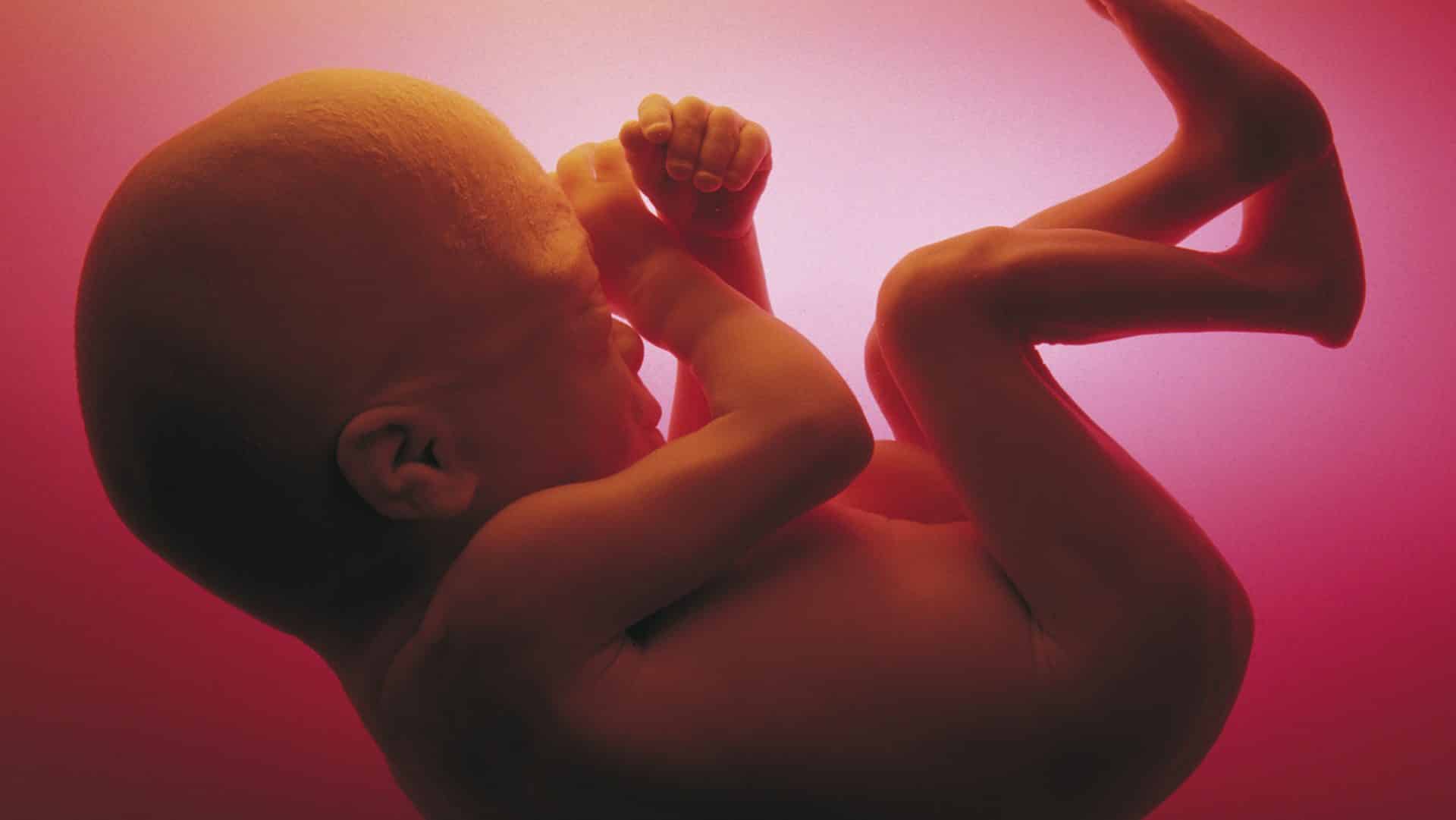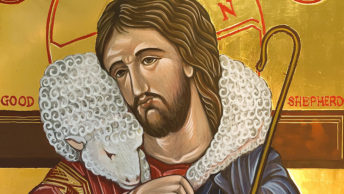“Does this mean I can never turn off the machine for my mother?” she asked. This was the first response from a RCIA candidate to me at an opening conversation of bioethics. The sentiment should not be a surprise. The Catholic Church has not effectively imbued the average person in the pew with its end-of-life teachings. Catholics know that we promote life from “conception to natural death” but, in reality, few of us have thought these teachings through until a life circumstance draws us into actually dealing with natural death. Such circumstances often occur during the impending death of a loved one. There is much confusion among Catholics discerning what our faith asks of us when making end of life decisions. We so rely on technology these days – to a point where we fail to question it or see the humanity it extracts from us. The simple and oft misunderstood answer to the question above is an emphatic “yes, you can turn off the machine” -when medical treatments no longer offer no reasonable hope of benefit, are excessively burdensome, or only prolong dying.
Today hospitals and senior care facilities encourage their patients to set up an advance medical directive. This directive is a “Living Will” that states your intentions about your end-of-life care; or a Durable Power of Attorney for Health Care (DPAHC, sometimes called a Proxy Directive), which also states your intentions on end of life care, but gives someone of your choice the legal authority to make health care decisions should you not be able to do so yourself. This directive names a surrogate that the patient has chosen to make health-care decisions in the event that the patient lacks the capacity to do so directly. It is a very logical thing to consider – who does the patient (you) want to make medical decisions for them when they become incapable? It should be noted that a Catholic health care institution “will not honor an advance directive that is contrary to Catholic teaching.”[1] In addition, if the patient has a DNR (Do Not Resuscitate) order, it means that typically CPR (Cardiopulmonary resuscitation) will not be administered should the patient arrest. Such an order is commonly found in a patient’s chart and the DPAHC is often not directly involved, except to confirm the DNR exists or is in place. The common misunderstanding faced with DPAHC is that they must work to keep the patient alive and this action is, paradoxically, ensuring a “natural” death. Natural death is simply not interfering with the natural dying process while providing care directed at keeping the patient as comfortable as possible. Extraordinary or disproportionate means of care should be avoided. (The process for those in a vegetative state is more complex and should be a consultation with the family, medical and bioethics staff of the facility.)
Role of the Catholic Surrogate
We often only think of health care surrogates as a need for seniors. However, every person over 18 years of age should choose at least one health care surrogate (and alternate) and designate this choice in writing.[2] My wife and I were driving on a trip when the subject came up on the radio. We only then realized that our legally adult daughters, who attended college several hours from home, could enter a hospital and we would be barred from receiving information on their status and help direct their care. We addressed the need for our children to assign DPAHC’s as soon as we returned home. The regulations for this documentation can vary from state to state; one should consult their resource will apply to a specific locale. Many dioceses, such as the Catholic Dioceses of Arlington and Richmond, have documentation available for use.[3] Protective Medical Decisions Documents (PMDD) specific to various state regulations can also be obtained by contacting the Patients Right Council.[4] The documentation should be thoughtfully prepared and reviewed often so the chosen surrogate is properly authorized to make decisions for the patient with the goal to ensure the patient’s wishes are respected. In choosing a health care surrogate, the patient chooses someone who will represent the patient’s wishes regarding medical care and treatment or act in the patient’s best interest if those wishes are unknown. As such, the surrogate needs to be versed in the patient’s wishes regarding end-of-life care or treatment. While this is a conversation we tend to avoid in our culture, the surrogate and patient need to discuss the goals, hopes, faith, options and concerns to provide the information and background needed to address future decisions on the patient’s behalf. Presumably, they should have that conversation before the DPAHC is signed, so that the proposed healthcare agent knows whether he can accept the appointment.
State legislatures, such as Florida’s, recognize that “every competent adult has the fundamental right of self-determination regarding decisions pertaining to his or her own health, including the right to choose or refuse medical treatment or procedures which would only prolong life when a terminal condition exists.[5] Advance directives and the DPAHC are ethically permissible for Catholics to sign.[6] The Catholic surrogate should be aware that these documents do not address all the potential situations the patient will encounter. Thus, the surrogate must uphold “the fundamental right to life; the right to reasonable medical treatment as well as the right to refuse medical treatment if disproportionate or extraordinary; the immorality of euthanasia (and assisted suicide); and the importance of communication among patient, family and physicians.”[7]
The surrogate is not there to act as a Catholic theologian. The primary Catholic doctrine the surrogate must adhere to is that the patient has a free will that must be respected; the patient’s human experience governs their actions and gives each of us the freedom to make choices regarding our full expression of God’s love. The patient has a free will to reject doctrine and the surrogate must leave that freedom of will intact as long as the surrogate is not cooperating in an evil act. The surrogate is simply the one tasked with airing the patient’s wishes when the patient is unable to. The goal of the surrogate is to help the medical staff understand the patient’s wishes. The surrogate is not there to “correct” the wishes of the patient; such conflicts should have been discussed prior to accepting the role.
When the patient declares their wishes in an advance directive, this should guide the surrogate and medical staff directly. In the absence of a directive, the surrogate must proceed based upon his or her familiarity with the patient’s desires and values, and not a substituted judgment standard of decision making.
Confusion about Nutrition and Hydration
Catholic ethical directives require the ordinary or proportionate means of preserving a patient’s life. Artificial nutrition and hydration in Catholic teaching are considered, in principle, to be ordinary medical treatment.[8] Thus, these treatments should not be withheld or withdrawn unless these treatments yield a medical burden upon the patient. When nutrition and hydration would produce an undesired medical effect it can and should be ethically withdrawn. Such burden is common. When my father was in hospice, I challenged whether the withdraw of hydration was ethical, until the tending physical explained that such hydration was burdensome to the patient for his kidneys were in the process of shutting down.
Withdrawal of Care
When the surrogate is faced with the option of withholding or withdrawing care, the first step is to review with the medical staff whether the treatment in question is a proportionate means of care. Proportionate means of care offer a reasonable hope of benefit to the patient without excessive burden in treatment or expense. Because the treatment is more beneficial than burdensome, the proportionate means of care is advised. The alternative is disproportionate or extraordinary means of preserving life. Disproportionate means of care imposes excessive burden without a reasonable hope of benefit. It is important to note that “burdens” do include cost and inconvenience as well as pain and discomfort.[9]
In Catholic thought we believe that human life is always good. When faced with options in medical treatment, situations can and do arise where the treatment is more burdensome than beneficial, or provide no significant benefit at all. In such cases, the burdens imposed or lack of benefit expected to be produced are considered “extraordinary.” These treatments offer meager returns and the surrogate is under no obligation to begin or continue such treatments even if this means the patient will die. The decision did not cause or intend the death. The illness did. It should be noted that a medical treatment can be burdensome. A human life cannot be “burdensome or not worth living.”[10]
The family/surrogate decision.
As unpopular as it seems to discuss, one day we will all die. Technology has done wonders in treating many illnesses and delaying this inevitable result of life. That is, we can prolong life but not eliminate death. Thus, families and health care surrogates today are commonly faced with the heart wrenching dilemma of when such life prolonging technology should be withheld or withdrawn. Our Catholic faith teaches us there is a value in suffering and death and we should become more aware of this teaching.[11] This faith leads us to embrace death as an entrance to new life.
So when the time comes, yes, we can turn off the machine or treatment that is prolonging life when criteria are being met: (1) The treatment is of insubstantial medical benefit or simply delaying the undesired outcome. (2) The treatment is a disproportionate means of sustaining life.
In those situations, the answer is not “yes, we can stop the treatment.” The answer is “yes, we should stop the treatment.” We love the patient. Sometimes this means letting them go. It is not the end of their journey; only, the beginning of a new one.
Notes: [1] “Ethical and Religious Directives for Catholic Health Care Facilities,” 5th edition, United States Conference of Catholic Bishops. [2] “A Catholic Guide to End-of-Life Decisions An Explanation of Church Teaching on Advance Directives, Euthanasia, and Physician Assisted Suicide,” ©2011 The National Catholic Bioethics Center, Philadelphia, PA. [3] http://www.arlingtondiocese.org/respectlife/documents/amd.pdf [4] www.patientsrightscouncil.org [5] “What is the Catholic Declaration on Life and Death?” ©2010 Queen of Peace Catholic Church, Ocala, Fl. [6] Ethical and Religious Directives for Catholic Health Care Facilities. [7] David Bohr, Catholic Moral Tradition, ©1999 Wipf & Stock, Eugene, OR. [8] Ethical and Religious Directives for Catholic Health Care Facilities. [9] J.E. Smith and C. Kazor, Life Issues, Medical Choices: Questions and Answers for Catholics, Servant Books, Cleveland ,Ohio 2007. [10] Ibid. [11] “Facing the End of Life”, Catholic Bishops of Illinois Pastoral Letter, May 29, 2001.








